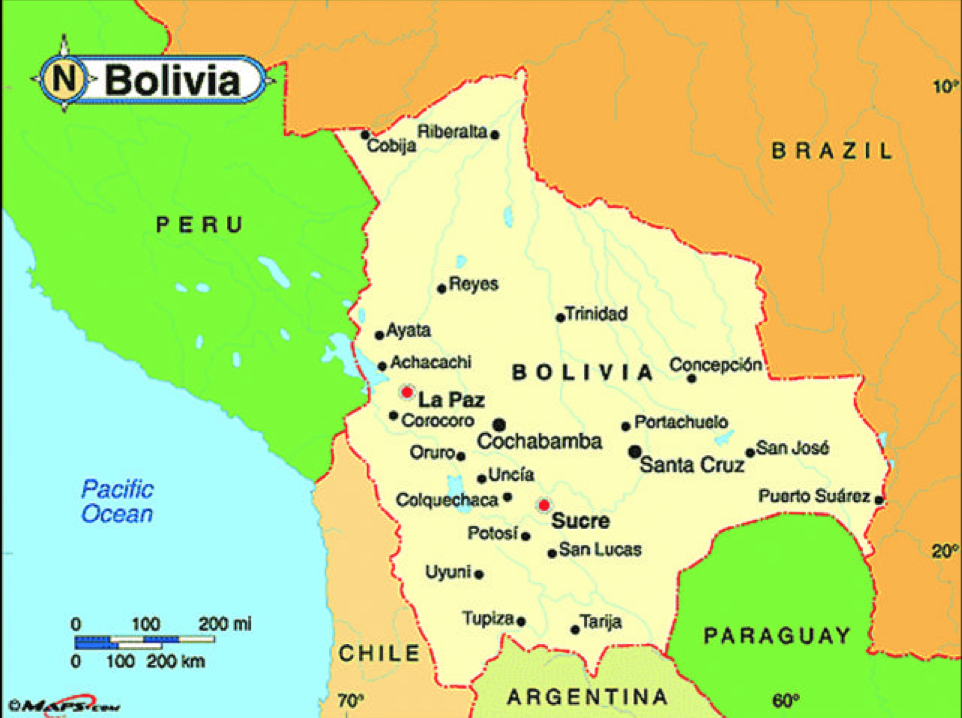
Contemporary forms of slavery in Bolivia
Bolivia is the poorest county in South America, with two-thirds of the population living in poverty, the majority of whom are subsistence farmers. However, the country is rich in natural resources possessing the second largest natural gas reserve in South America and 70 per cent of the world’s iron and magnesium.
The tensions and protests on the issue of control of the country’s natural gas reserves led to the fall of two presidents between 2003 and 2005 and contributed to the successful election of Evo Morales in December 2005, Bolivia’s first indigenous leader. He secured an absolute majority of 54 per cent in the election, with much of his success attributed to the support of indigenous people, who make up approximately 55 per cent of the national population.
In May 2006, Morales fulfilled his promise to renationalise natural gas by giving foreign firms six months to sell at least 51 per cent of their holding to the state and negotiate new contracts or leave the country.
On the issue of coca farming Morales has incensed the US government by stating that indigenous farmers have the right to cultivate and use the crop (a key ingredient in cocaine production) to preserve their traditional ways of life. A former coca grower himself, he looks set to be a barrier in the US Government’s coca eradication programme in South America, which could have serious economic implications given that much of US government aid is conditional on the coca eradication programme.
To read the full report, please click here.
Anti-Slavery International is the world’s oldest international human rights organisation, and bases its work on the United Nations treaties against slavery campaigning for freedom from slavery for everyone, everywhere.
